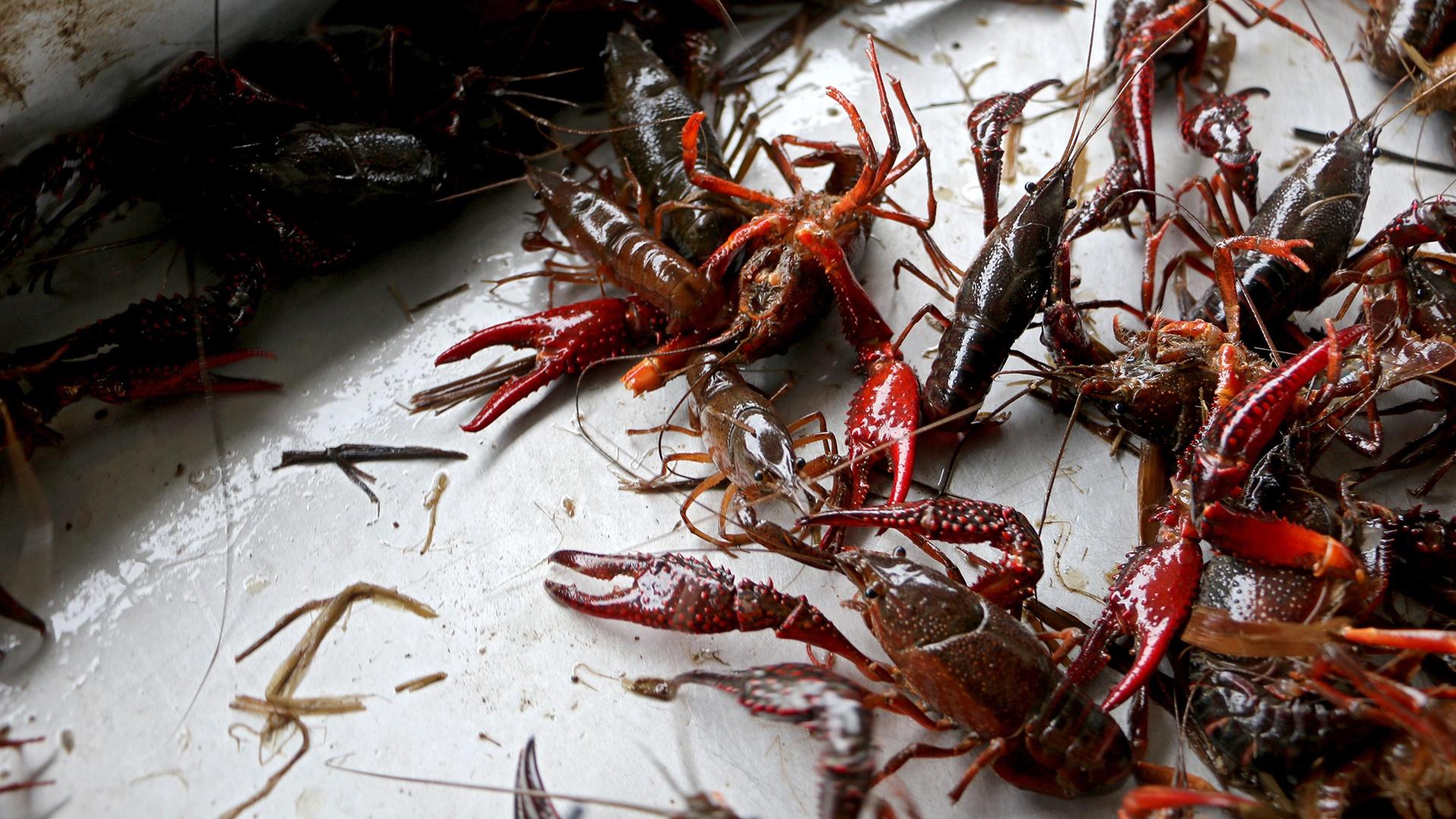Consumers are also feeling the squeeze from the drought through high prices at fish markets, with live crawfish costing around $7 a pound. Prices are slowly going down as the season nears its end, but rates across the region are still higher than the usual average.
Stelly said last year’s drought also made farming costs even higher after he had to flood his fields much more than he normally would. The drought and extreme heat also killed a good portion of crawfish crops. Mark Shirley, an extension agent with Louisiana State University AgCenter, said the ground became so dry the crawfish couldn’t breathe.
“There was no moisture to keep the gills working and they just died,” Shirley said. “Probably 90% or more of the crawfish died in their burrows during the summertime.”
On top of this season’s losses, farmers have the added expense of paying to replace the crawfish needed for breeding for next year. Mike Strain, Louisiana Agriculture and Forestry Commissioner, said this drought will cost the industry upwards of $140 million this year.
“Some of the farmers quit fishing completely because there are no crawfish,” Strain said.
Strain, as well as some Louisiana lawmakers, reached out to the U.S. Department of Agriculture for help. Through the Emergency Livestock Assistance Program, farmers could receive payments to cover debts and farming expenses, which Strain said would provide much-needed relief.
“Many of them cannot get another crop loan because they were not able to pay off last year's crop loan,” he said. “They desperately need those dollars.”







